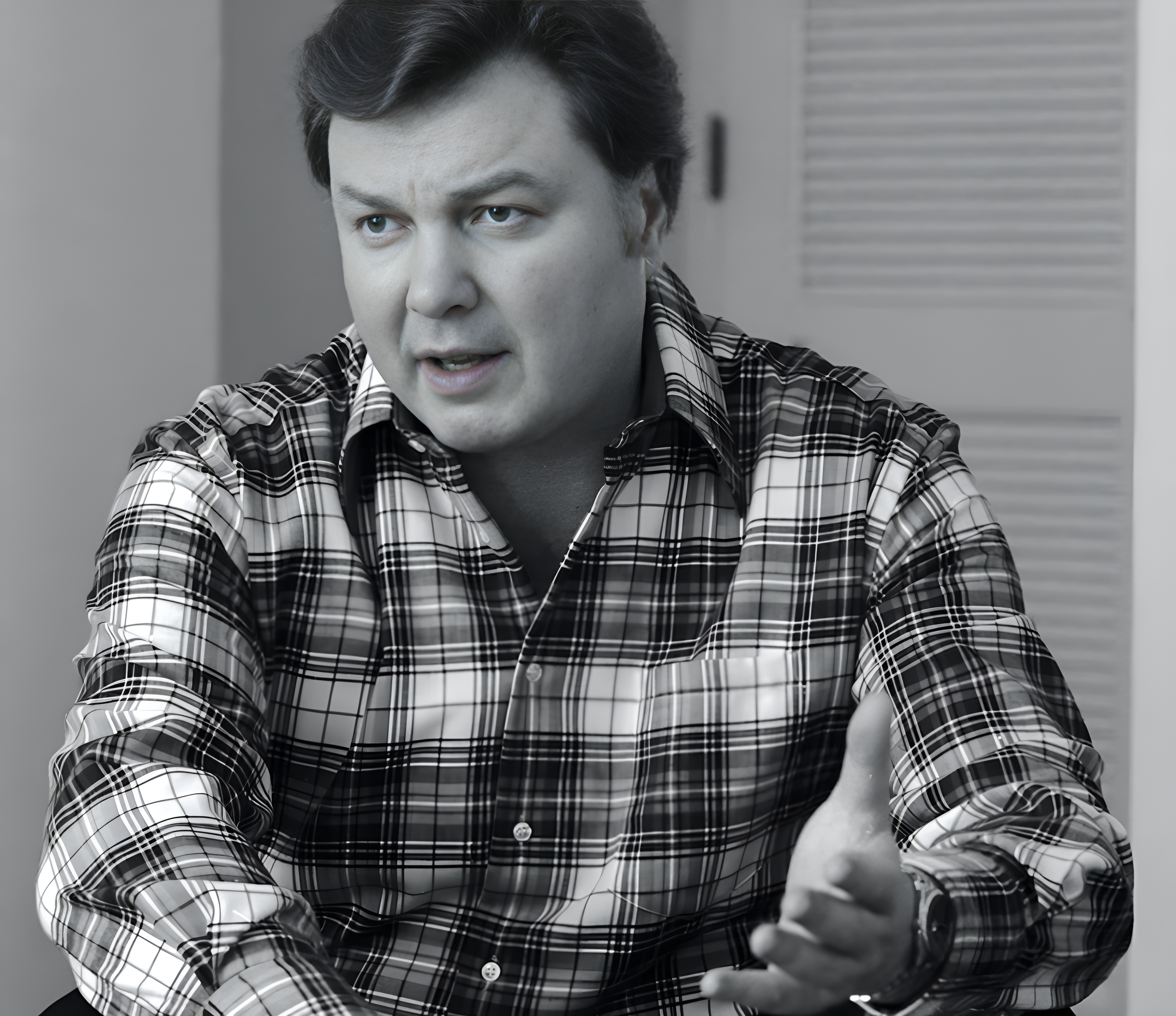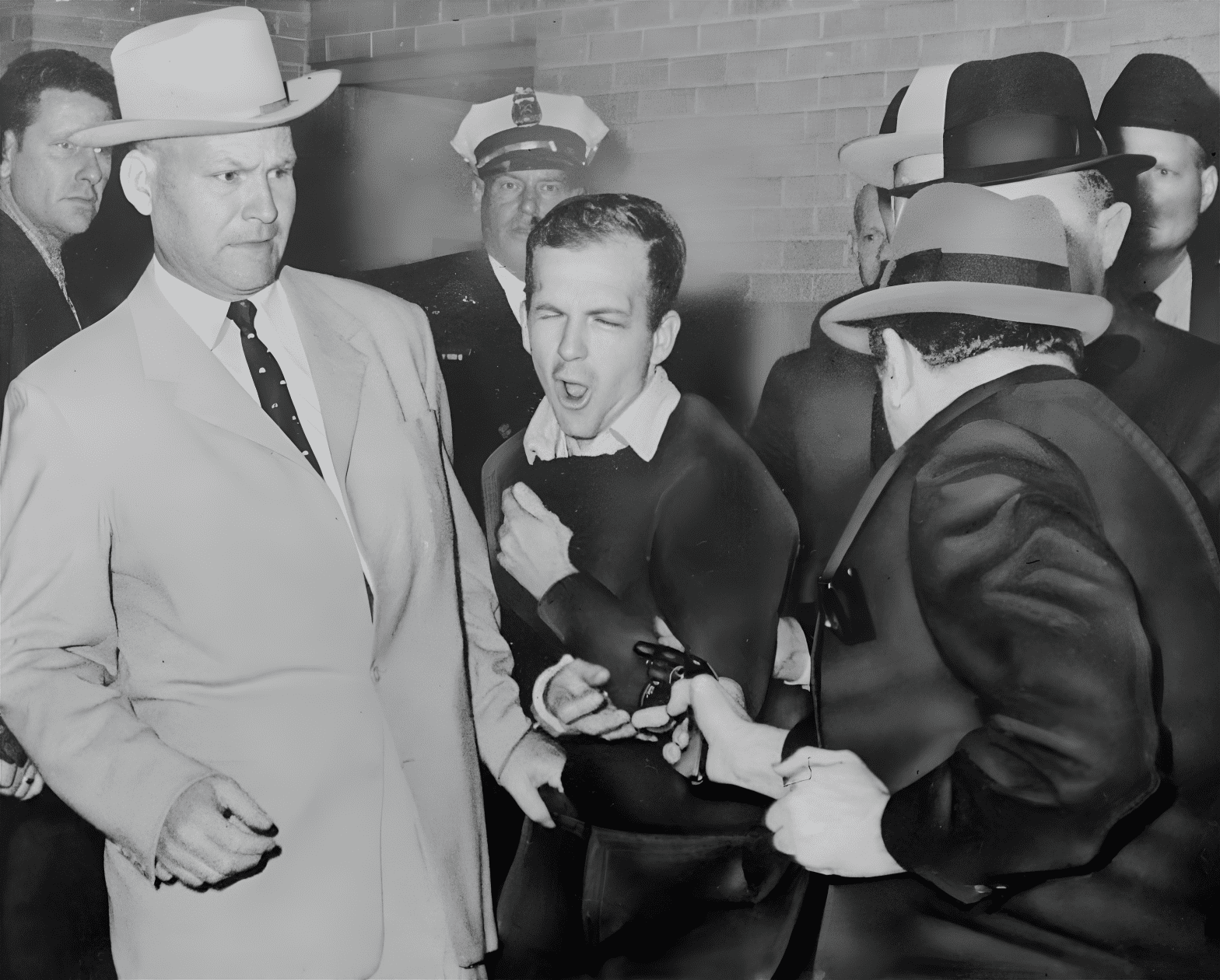On November 24, 1963, two days after President John F. Kennedy was assassinated, the man accused of killing Kennedy, Lee Harvey Oswald, was being transferred from the city jail to the county jail. As Oswald was being led through the basement of the Dallas police headquarters, Jack Ruby, a Dallas nightclub owner, stepped out from a crowd of reporters and fired a single shot from a concealed .38 caliber revolver, hitting Oswald in the abdomen. Oswald was rushed to the hospital, but he died a short time later.
Ruby’s shooting of Oswald was witnessed by a number of people, including reporters, police officers, and photographers, and was captured on film by a number of news cameras that were present at the police headquarters. The shooting was broadcast on live television and was seen by millions of people around the world.
Ruby was quickly arrested and charged with murder. He was found guilty and sentenced to death, but the conviction was later overturned on appeal. He was retried and again found guilty, but he died of lung cancer in 1967 while his appeal was still pending.

born on October 06, 1924
Louis Jolyon West
American psychiatrist involved in the public sphere
born on March 25, 1911 (d. 1967)
Jack Ruby
American nightclub owner Who shot Lee Harvey OswaldRuby’s psychiatrist was Louis Jolyon West who fought to have Ruby declared insane (and therefore prevent people from listening to him) even though everybody thought Ruby to be perfectly fine.

born on October 18, 1939 (d. 1963)
Lee Harvey Oswald
U
born on March 25, 1911 (d. 1967)
Jack Ruby
American nightclub owner Who shot Lee Harvey OswaldPeople featured in this post:

Lee Harvey Oswald
U

Louis Jolyon West
American psychiatrist involved in the public sphere

Jack Ruby
American nightclub owner Who shot Lee Harvey Oswald






